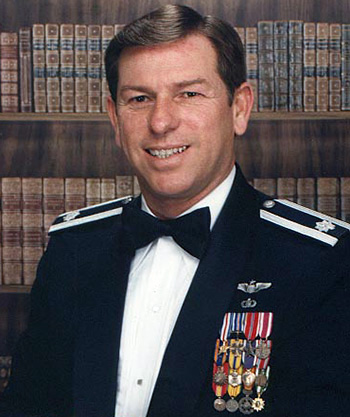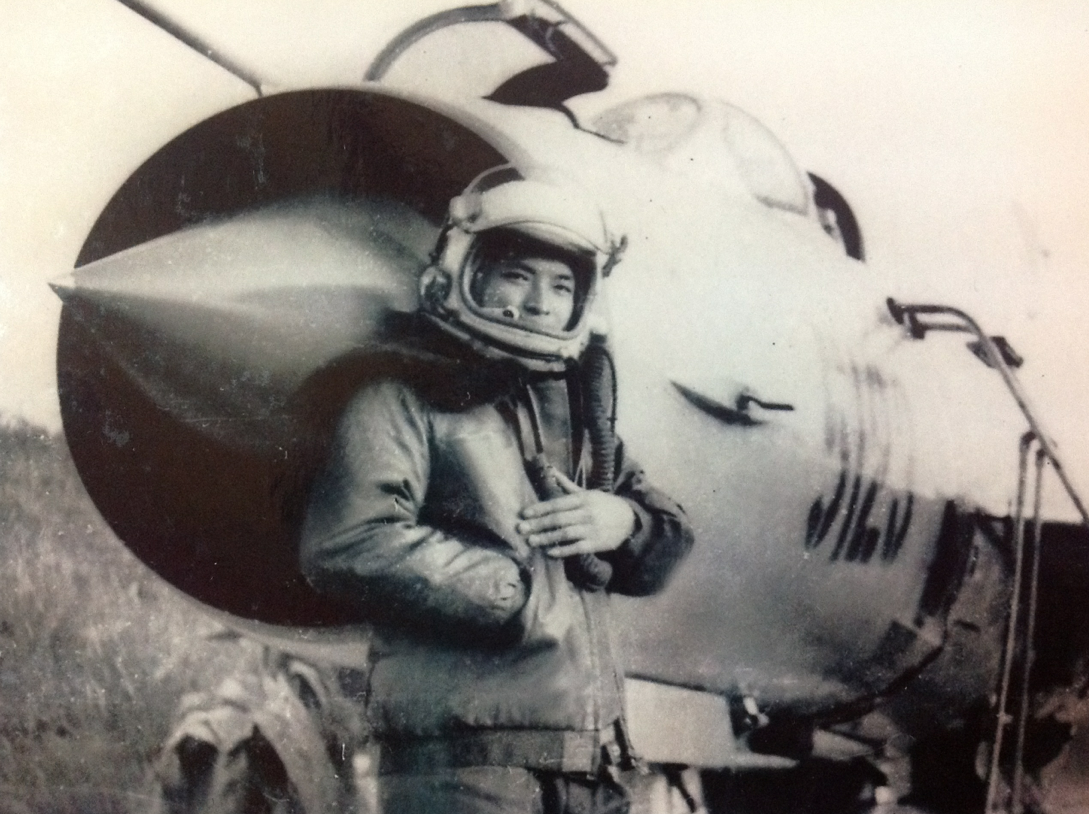She's finished - it's "Cocktail Hour"!
Though I can't verify exactly how many times Lt. Raymond Plank flew her, this particular B-24 has become a most interesting symbol of his service.
Let me explain.
If you can get past nose artist
Sarkis Bartigian's obvious high points, the piece itself is a brilliant look into the closing months of WW2, especially as seen through the eyes of war-weary soldiers. Note the bright lights, big city, stars, music (and of course
her). Now, close your eyes and imagine rhythmic blasts from a swing Band in the corner, clinks of drinks and the excited, optimistic chatter of people blowing off the steam of a week's stress...
Or, as a buddy of mine is wont to proclaim around 4:30pm on a Friday, "Hey! It's 5'oclock somewhere!" and then announce the Watering Hole in which he'll be holding court.
"Cocktail Hour" was a late-war B-24. Though Bartigian is no longer around to interview, it's easy to see how his artwork represented the sentiment of so many; "It's time to get this damned war over and onto better things!" Indeed, the first recollection of WW2 that Raymond shared with me was not a combat mission but of a historic moment that, in his mind, sealed the end of the war.
The day was August 9, 1945, the location was an air base within the Okinawan island chain called "le Shima." The day's missions were scrubbed, the 43rd's B-24s grounded. Raymond, never one to sit still and always reading between the lines, was quick to figure that 'something was up,' and managed an impromptu and unauthorized check flight in a C-46 Commando transport plane that an old buddy, Joe Sharpe, had flown in a day or two earlier.
Sneaking off like kids in their father's car, the two climbed over the ocean to the north. Toward the crumbling empire of Japan. "It seemed like we were flying a long time, (but that was probably) due to us doing something we weren't supposed to do!" Raymond laughed. "We didn't know where we were going but I wanted to see if I could see
it!"
What was "it"?
Fueled by a hunch, the two scanned the northern horizon, growing more anxious with each career-killing minute until, a few minutes after 11am, poking up from the gentle curve of the earth, they saw IT— the boiling rise of a mushroom cloud. "By gawd, that's where the sum-bitch* is!" Raymond exclaimed, laughing. "We flew on toward it for another 20 minutes or so but then got the hell out of there!"
Raymond knew then, beyond a shadow of doubt, the war was over.
(photo: National Archives)
The next week, on August 17, three Japanese G4M "Betty" bombers, freshly painted in the universally accepted color of Surrender (white) landed at le Shima. Though the moment was just a punctuation in the awkward, complicated process of ceasing hostilities, it was a momentous one for all present in that it was an undeniable punctuation to the times.
(photo: Raymond Plank)
"So you were there with your camera?"
"Yes. I took that picture."
"That had to be an incredible moment! Describe it for..."
"Yes! I went up to the Major. 'Major Parker? It looks like my services are no longer necessary! May I hitch a ride to Manila?!"
"Huh?!" I asked, confused by what Raymond was saying. I was expecting something about the sweetness of surrender, the defeat of the enemy, the triumph of the American will...but Raymond was on another track altogether.
"...and he said FINE! What a guy. Major Parker was a
great guy! He cared more about getting what was needed to get done than how it got done."
"So. Wait a second. You just...quit?"
"Well it was more complicated than that, but yes. I had my Points (a method of scoring that would allow prioritization of returning to home based on wartime service) and I wanted to go home. Finish my degree. Start a
business."
In other words, for Raymond Plank, the winding down of defeated engines was not the sound of victory but a metaphorical shriek of a work whistle signaling the end of one thing and the beginning of another.
Lt. Raymond Plank caught the first ship home and did exactly as he'd planned.
So, how did that work out? Click
here. That's the business Raymond started— the Apache Corporation. Those aren't millions of dollars, they're
billions of dollars. In other words, Raymond Plank had one
helluva Cocktail Hour.
It's rare enough for me to talk to WW2 bomber pilots. Rarer yet to talk to ones that were there at momentous moments in history. And, of those that went on to create and lead billion-dollar companies? Raymond is the only one. And will likely
be the only one.
Ok. Hold that thought.
People say to me
all the time, "Geez it must be great to get all those old stories!" It is! Flak barrages, atomic bombs and topless women on B-24s are sexy topics.
But...
The more time I spend with 'old guys,' the greater my belief that we Americans are living in tragically deficit times. Not the deficit of money, natural resources or international prestige but of the the thing that is eminently more valuable:
Wisdom.
Think about it—from Social Security to Boca Raton, FL, the removal of the elderly from daily life has been so systematic, it reeks of a conspiracy to keep the rest of us in a state of foolishness. Disagree? Well, this past week, during the clamor of our government shutdown, very few people I talked to actually seemed to understand that
we elected those people...
Look. 80% of my interview-time with Raymond has been spent on learning about the things that took him from a $250,000 ball of venture capital to over $50 Billion in market revenue. I have hours of notes on topics like ethics, character, risk, energy policy, opportunity, reward, regret... I know it can be argued that Raymond's success is an anomaly but the truth is, I've heard it all before from old guys like
Wendell Hanson,
Don Bryan,
Bill Creech,
Steve Pisanos,
Claude Hone,
Punchy Powell,
JD Collinsworth...and my list of Vietnam-era 'old guys' is growing at a priceless rate, too.
There's so much to be learned from how others have minted success from molten adversity. That's the truly great stuff to me and I wouldn't have gotten a bit of it had I not talked to Old Guys; it's how I make up my own tragic deficits in wisdom and heartily recommended to others as a tonic for the times.
A toast to Lt. Raymond Plank the bomber pilot and Raymond Plank the Captain of American industry.
It's Cocktail Hour.
Time to get to work.
NOTE: Raymond wrote a book. If you want to learn something, you can buy it
here. Or, if you
really want to make his day, buy it
here or
here.
AND...if you'd like to buy a print of Cocktail Hour, signed by Raymond, go
here.
*That'd be the second atomic bomb blast over Nagasaki.





















































